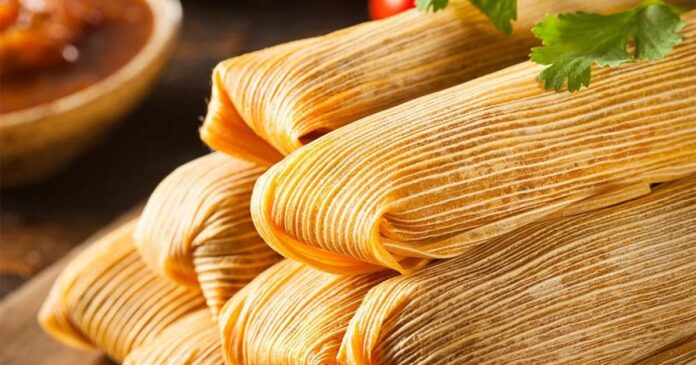Tamales were Mesoamerica’s first corn-based dish. Tamales’ origin comes from the ancient civilizations in Mexico as early as 8000 BC. Although the exact history is fuzzt at best, many historians believe that the Aztecs invented tamales ten thousand years ago. Tamales were a portable, protein-rich snack that Aztec soldiers could bring into combat with them.
Hunters could also carry them into the field. Women were in charge of making tamales. Tamales were produced by women. The laborious procedure was part of their daily routines and essential religious traditions. Tamales were initially cooked in a subterranean fire over hot ashes. When Spanish conquistadors arrived with pots and pans, women began boiling the corn-wrapped parcels. The Spanish also added other flavors to the veggie treats, such as pork and grease.
What are Tamales?
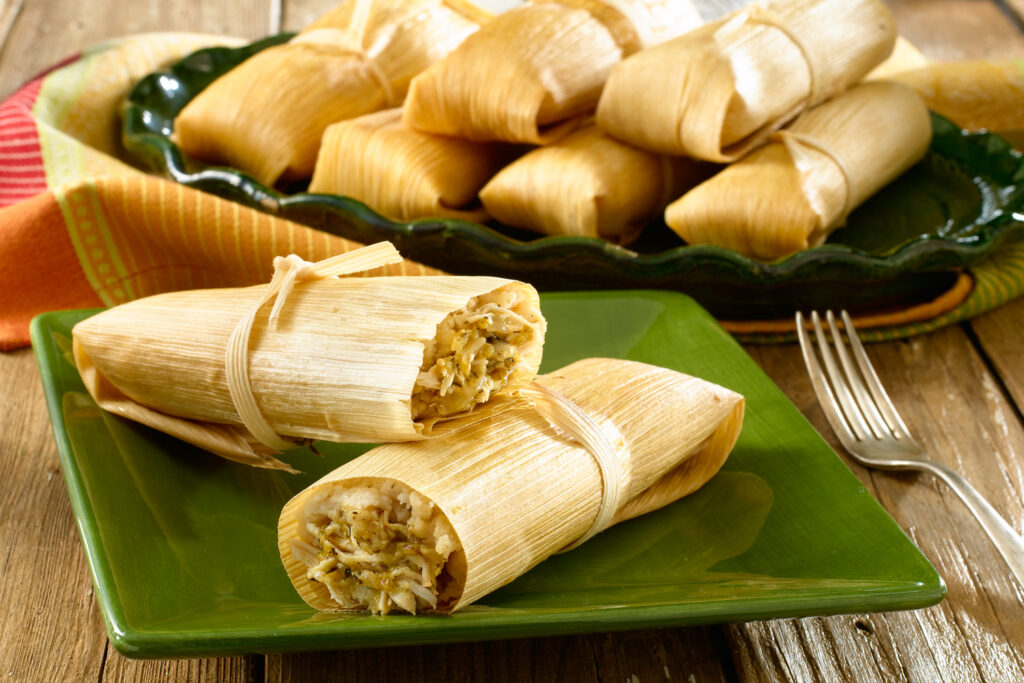
So, exactly what is a tamale? Tamales are created from masa, which is ground corn wet with water. Wrapping the masa in whatever leaves are available, such as corn husks, banana leaves, or even tree bark, is traditional. The wrapping gives the tamale its name, which originates from the Náhuatl word tamalli, which means “wrapped.”
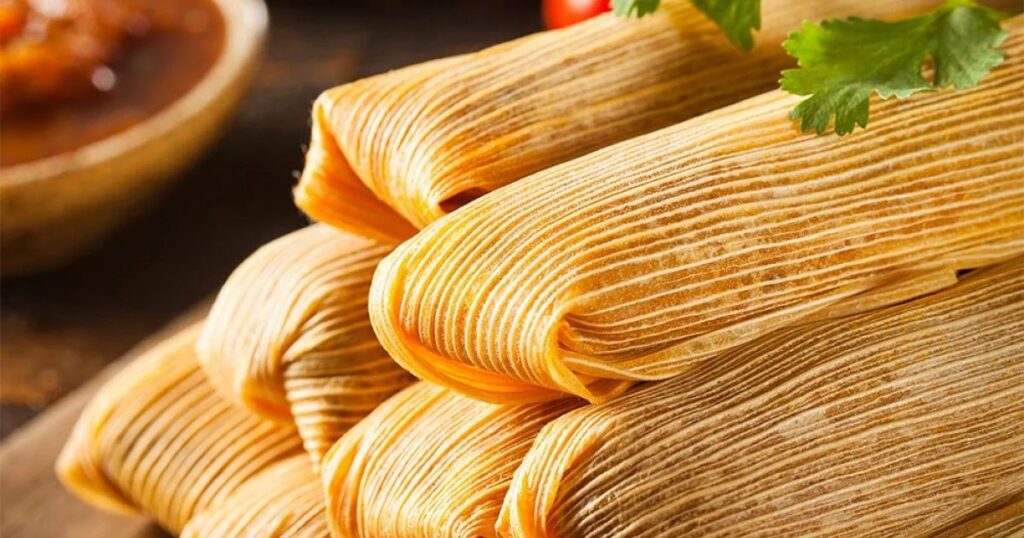
Delicate meats, aromatic spices, and precisely cut veggies are stuffed into the tender masa. There are as many flavors of tamale filling as there are families that make them, as each cook puts her own spin. One of the most well-known variations is pork tamales with red chilis, but other fillings such as shredded chicken, black beans, and beef are also popular.
The secret is to use your imagination; There are even turkey tamales available! Tamales have come a long way since the early Aztecs ate them during battle. The use of flavorful fats and meats such as lard and pork butt has increased the flavor of the tamale.
How to Make Tamales at Home Whatever type of tamales you prepare, keep in mind that the process might be time-consuming. The Oaxacan style, for example, has 120 distinct steps! The proportion of masa to filling is critical. You want to be able to taste the luscious contents, not simply the dough, while making a superb tamale at home. A 50/50 split is ideal.
Masa has a custardy feel when added into a dough. You have to combine the corn dough with spices and lard, and your goal is to get a peanut butter-like consistency with nothing sticking to the sides of the bowl. You are ready to go when the dough is no longer sticky.
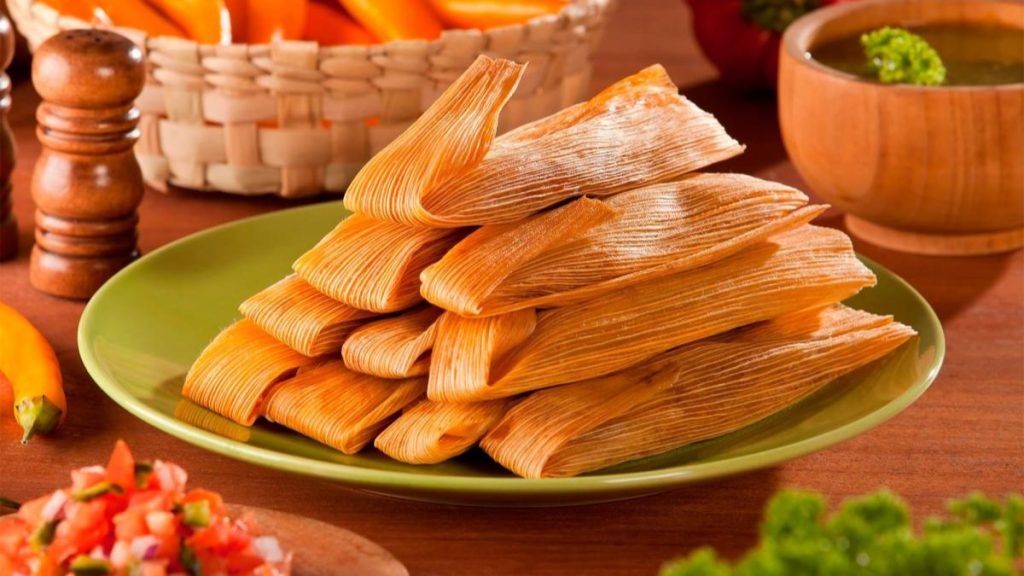
While you are kneading the dough, soak the corn husks in water. Trimming the husks is essential for making properly sized tamales. A decent length is about five inches. Next, spread two teaspoons of masa on each corn husk with a spatula or putty knife.
Popular Tamale Fillings
When it comes to the pork filling, experts advocate using it cold. Place it in a line down the center of the husk to prevent it from running to the edges during cooking. Whether you stuff your tamale with soft meat, green chiles, potatoes, and garlic, or shredded chicken, corn kernels, and red sauce, the possibilities are as limitless as your imagination.
Pork with red chile sauce features pork butt or shoulder, as well as spices like oregano and cumin. A favorite topping is a spicy red chile sauce. Another popular one is black beans with cheese.
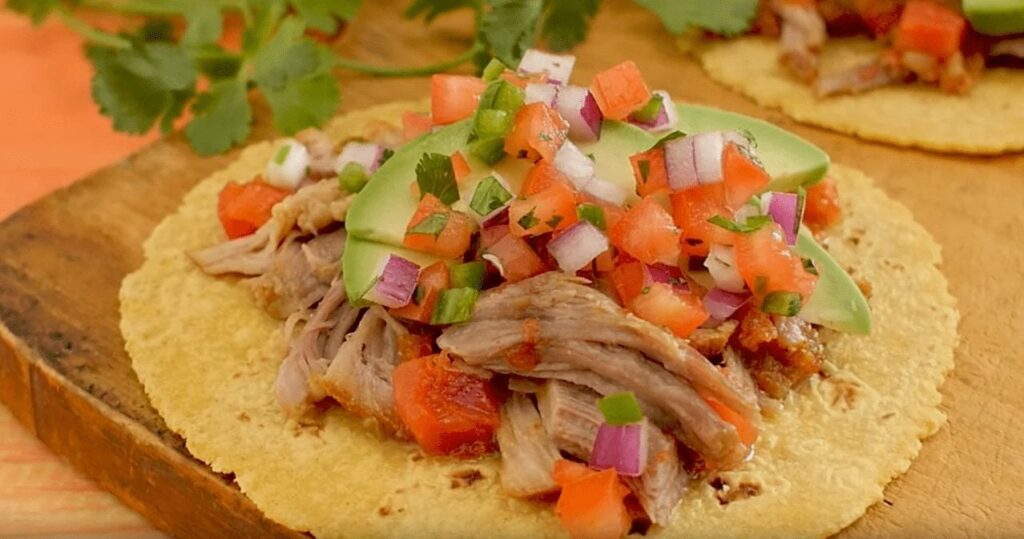
How to Assemble a Tamale
Fold both sides of the tamale and tuck the tail beneath to assemble. Cook them seam side up to prevent the filling from falling out. Bring the tamales to a boil first, then reduce to a low heat for about 40 minutes. Tamales are ready when the husk readily separates from the masa and filling. The best part, of course, will be sitting down to enjoy them, especially with your friends and family.
Tacos of many and any thing
Very few things identify the Mexican popular gastronomy as tacos. The ever-popular dish consists on a folded tortilla filled with… whatever ingredient comes to your mind. From fancy lobster to humble salt, any ingredient can be a part of the taco.
Tacos are descendants of the “quauhtaqualli” native from the Mexican central highlands. Obviously, Spaniards could not pronounce the name and called them taquallis. From this last expression is that tacos took their present name. Today, they have a plethora of last names:
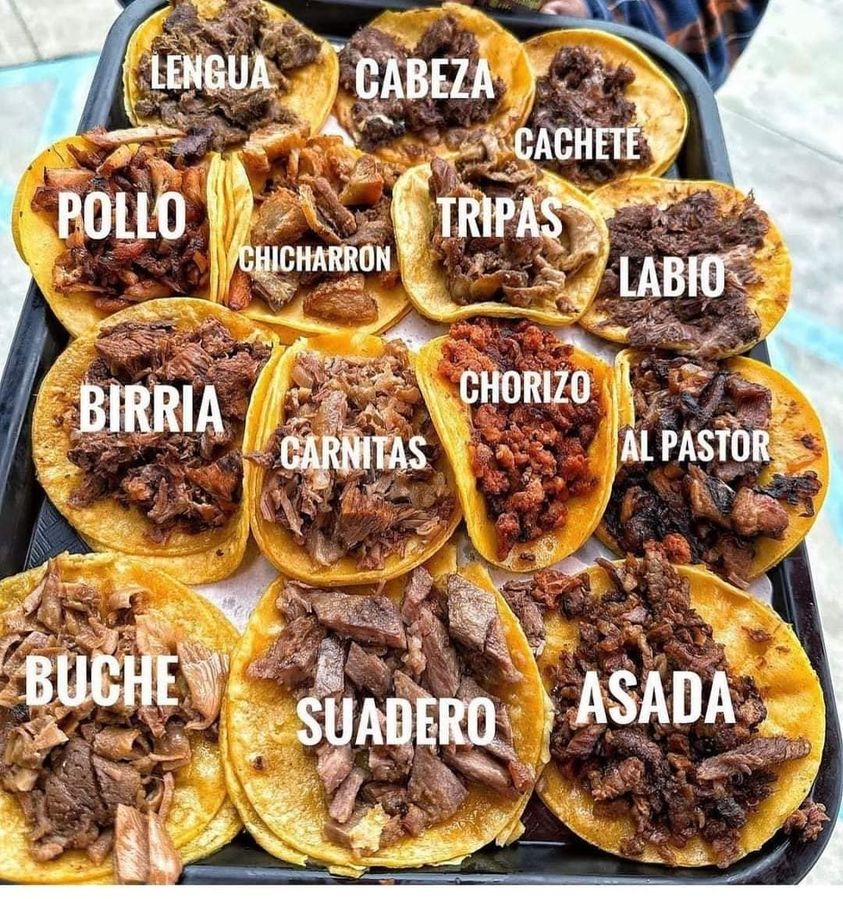
de cabeza, prepared with each and every part of the pork’s head: brains, cheek, tongue, lips and else
de carnitas, Jalisco’s and Michoacan’s are unsurpassed
dorados, deep-fried to make tortilla hard
de barbacoa, with meat cooked inside maguey leaves
al pastor, with Lebanese-style marinated pork
de pescado, Baja’s fish are the best ones
de canasta, with hot broths sweating inside the basketThe original taco Hernán Cortés’ troops feasted with was surely of xoloscuintle and guajolote, the native name of turkey. The garnishes were the vegetables then available in the New World.
One thing is sure: Cortés’ mercenaries didn’t know back then the proper technique to eat tacos neatly. Here it is: thumb, index and middle fingers hold the tortilla by the upper part to keep it from unfolding. The ring and pinky fingers hold it from beneath to avoid ripping and dropping. If we eat while standing, the body’s tilting ahead is of great importance to watch for drippings.
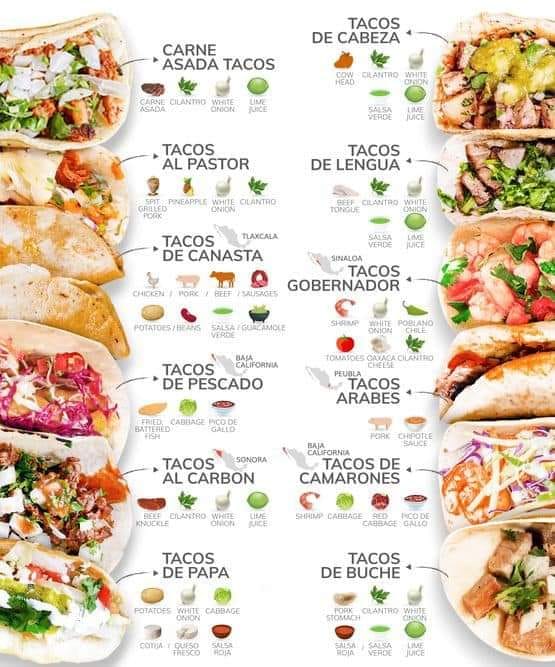
You may also like: Wixarikas, Wirraricas or Huicholes?
You can achieve points for style, though. All you have to do is eating with the pinky pointing towards the sky! You will be the envy of your fellow taco gulpers, as you will be showing off the many pounds of tacos you have consumed.
Taco has walked many roads since the days of Aztec’s feasts. It has enriched itself in every visited place and with every ingredient it has come to acquaint. No component can escape the charm of a perfectly-round, smoking tortilla waiting to be filled. Its flavors can reach as high as duck, lobster, and fine cuts as rib-eye or New York, or even vegetarian tacos!
Birria: everything you need to know
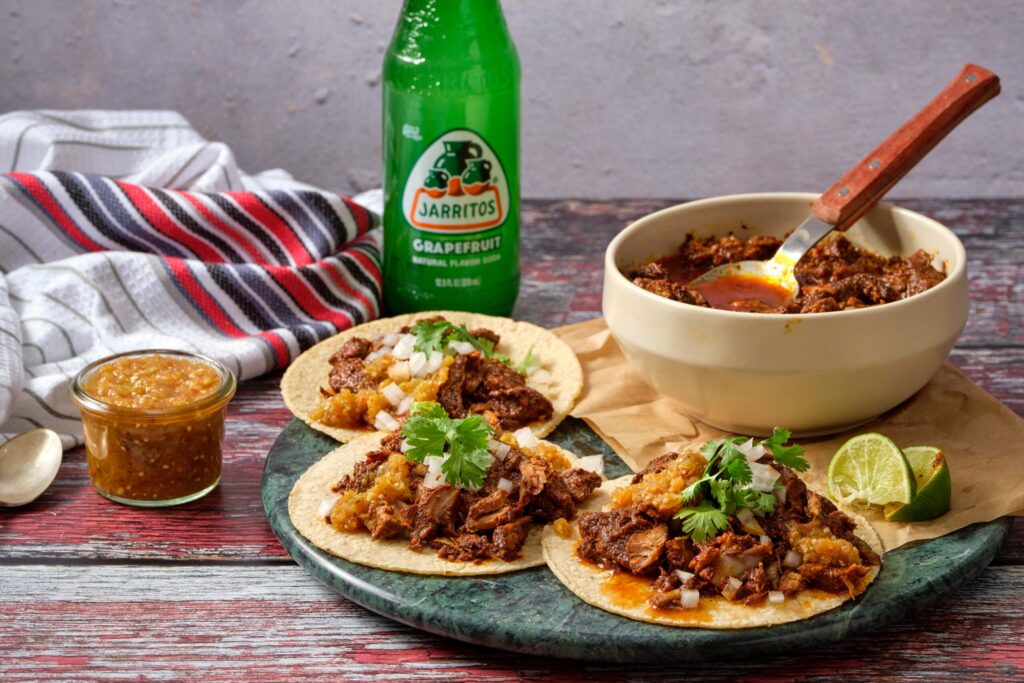
Birria is a traditional dish from Jalisco that was originally prepared with only goat meat. The preparation is completely unique, and the best part is that it is a very versatile dish, as you can eat it alone, as a stew, or in tacos. is there much much to ask for? Visiting Jalisco is akin to eating delicious food, as this delicacy shows
However, you can find Mexican birria in many parts of the country. It is It is one of the many delectable traditional Mexican dishes you can put inside a taco and enjoy at any time. If you are a Mexican food enthusiast, you will love to know the origin of birria.
Where tacos al pastor come from
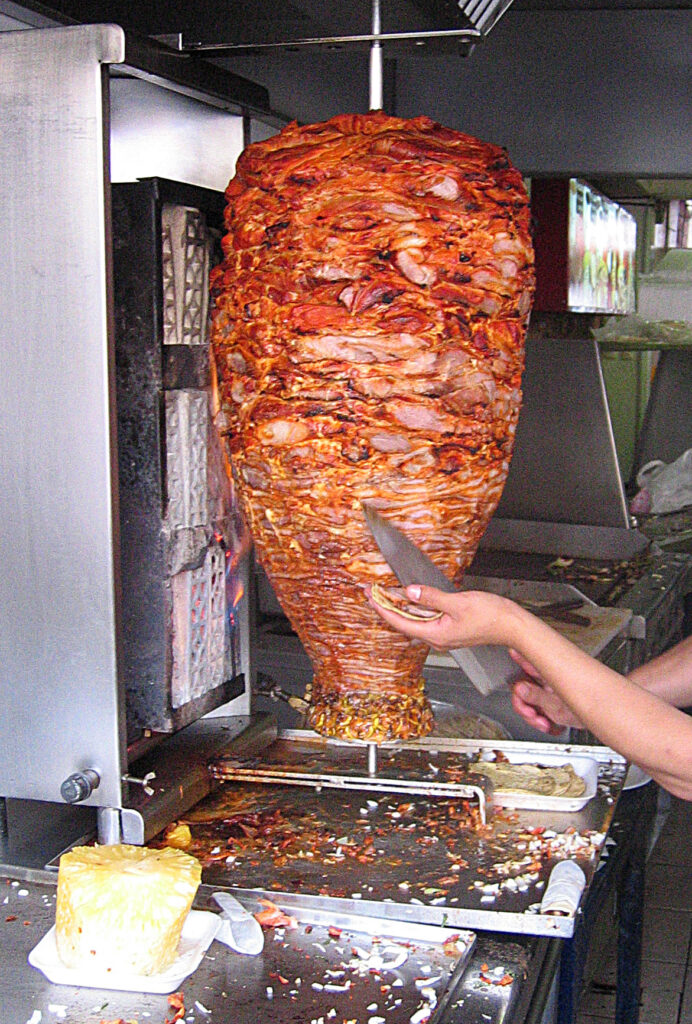
Most Mexicans know and/or have tried tacos al pastor. It is a very representative dish in Mexican gastronomy. The curious thing is that its origin hides a surprising history.
There are several hypotheses as to how this delicacy came to be. However, one of the most widely recognized ideas is that the recipe came from Asian immigrants. According to the myth, this meal is the creation of the Turks Iskender Efendi and his grandpa.
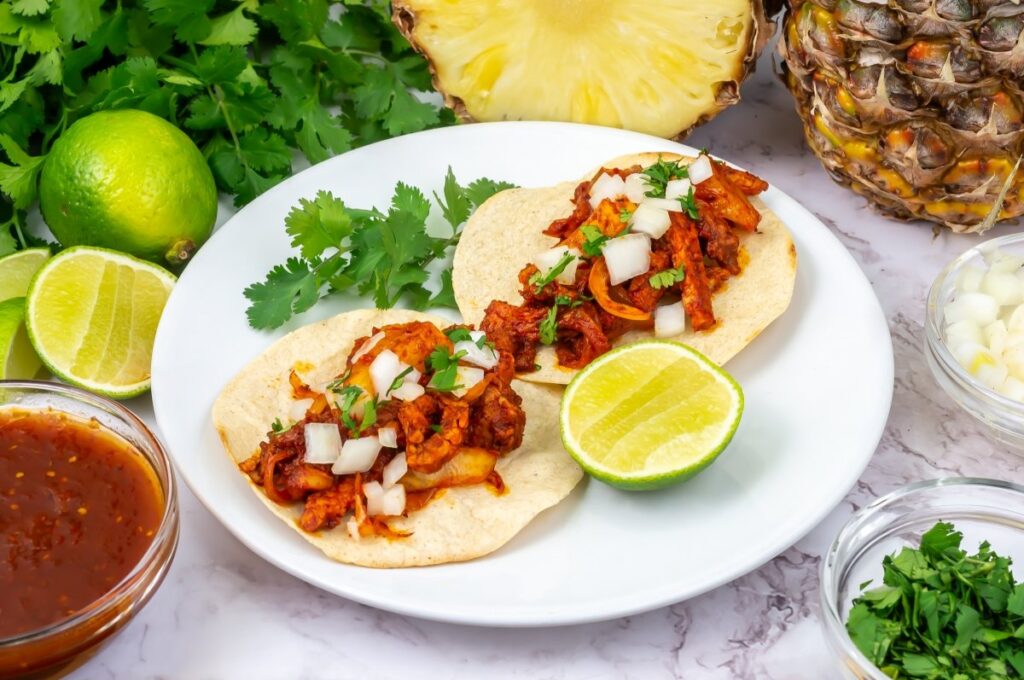
However, there is a very similar version that claims that these tacos originated from shawarma. Shawarma is a stew the Lebanese brought to Mexico. It is a traditional dish made with lamb or mutton, vinegar, Arab bread, and a variety of spices.
We provide information and resources for visitors to Puerto Vallarta, areas of The Riviera Nayarit and other destinations in both states of Jalisco and Nayarit . You will find variety of content, including articles, blog posts, videos, photos, descriptions and interviews, all of which are designed to help visitors plan their trip, including attractions, restaurants, and events. https://promovisionpv.com/

Visit and Subscribe to our YouTube Channel for more Puerto Vallarta – Riviera Nayarit 220+ videos: https://www.youtube.com/@promovision/videos

Web site: https://promovisionpv.com
YouTube: https://youtube.com/promovision/videos
Instagram: https://instagram.com/promovisionpv/
X: https://x.com/promovisionpv
LinkedIn: https://www.linkedin.com/in/ray-dion-48861926/
Threads: https://www.threads.net/@promovisionpv
Facebook: https://facebook.com/ray.dion.73
Blue Sky Social: https://bsky.app/profile/promovision.bsky.social
Marketing, Advertising Tourism, Restaurants, Real Estate, Events, Tours, Puerto Vallarta – Riviera Nayarit https://promovisionpv.com/marketing-advertising-tourism-restaurants-real-estate-events-tours-puerto-vallarta-riviera-nayarit-2/

